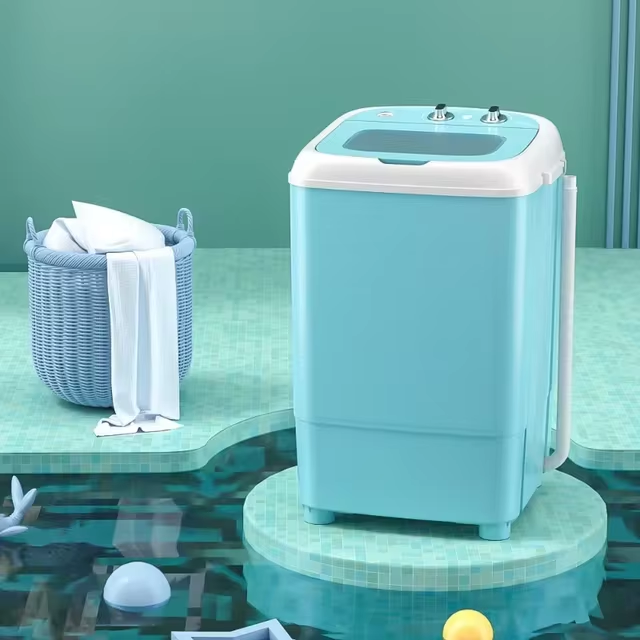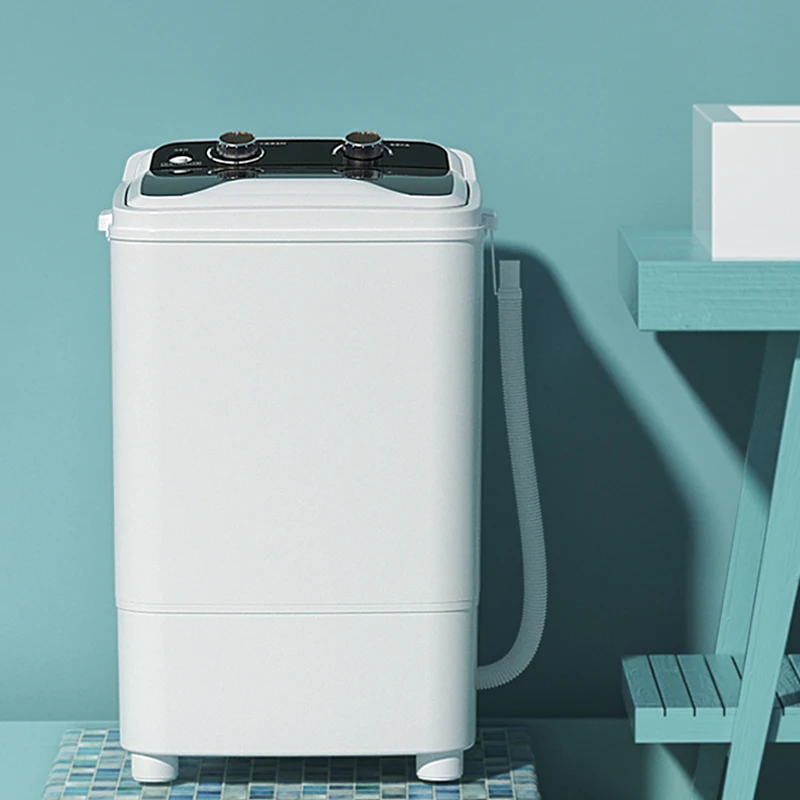Removing Mold from Clothes: Machine Washing Guide
When the seasons change, it’s not uncommon for clothing that has been stored away to develop mold, especially in humid or damp environments. This raises an important question: can you put moldy clothes in the washing machine? The answer isn’t straightforward, but this article will explore various factors, techniques, and precautions for dealing with moldy garments.
The Science Behind Mold Growth
Mold is a type of fungus that thrives in moist, warm environments. It releases spores that can cause health issues, especially for individuals with allergies, asthma, or suppressed immune systems. When it comes to clothing, mold often forms when fabric is stored in damp conditions.
How Does Mold Develop on Clothes?
Mold can appear quickly on clothes under the right conditions. When fabrics come in contact with moisture, it creates a perfect breeding ground for mold. Some common scenarios where mold may develop include:
- Storing Clothes in a Humid Basement: Basements are notorious for excess moisture, making them ideal for mold growth.
- Clothes Left in a Wet Laundry Basket: Leaving damp clothes in laundry baskets can significantly increase the risk of mold growth.
- Clothes Stored During Rainy Seasons: If clothes are not fully dried before being stored, humidity can lead to mold.
Understanding these factors is crucial in determining how to deal with moldy clothes and whether tossing them in your washing machine is a safe solution.
Assessing the Severity of the Mold
Before you decide to throw moldy clothes in the washing machine, it’s important to assess the severity of the mold. Not all mold is equally harmful or difficult to remove.
Light Mold Growth
One of the best cases you may encounter is light mold growth, which often appears as small, surface-level spots on the fabric. This type of mold generally responds well to washing:
- Visual Inspection: If the mold is mostly surface-level, it may be easily removed with proper washing techniques.
- Odor Evaluation: Light mold might not have a strong smell, indicating that it hasn’t invaded the material deeply.
Heavy Mold Infestation
Heavy mold infestation can be a more significant challenge:
- Deep Coloration: If you see dark patches or the fabric is discolored, the mold could have penetrated deeper into the fibers, making it harder to remove.
- Persistent Odor: A strong, musty smell indicates that the mold has likely permeated the fabric. This could lead to lingering odors even after washing.
In the case of heavy infestations, it may be best to consider whether the clothing can be salvaged or should be thrown away to prevent further contamination in your washing machine.
Pre-Treatment Strategies for Moldy Clothes
If you’ve decided that washing moldy clothes is feasible, a pre-treatment process can help in effectively removing mold.
Brushing Off the Mold
Before you put moldy clothing in the washing machine, it’s advisable to first remove as much mold as possible:
- Take It Outside: Always handle moldy clothing outside to prevent spores from spreading in your home.
- Use a Soft Brush: A dry brush can help dislodge the mold from the fabric.
- Shake Gently: After brushing, shake out the garment to remove loose mold spores.
Using Vinegar or Baking Soda
Both vinegar and baking soda have natural mold-fighting properties. A pre-treatment step using one of these items can enhance your washing:
- Vinegar Solution: Mix equal parts of water and white vinegar in a spray bottle and lightly mist the affected areas. Let it sit for about 30 minutes before washing.
- Baking Soda Paste: Create a paste with baking soda and water. Apply this paste to the affected areas and let it work for at least 15-20 minutes.
Washing Moldy Clothes: The Right Way
If you’ve pre-treated, you’re ready to wash moldy clothes. While it may seem straightforward, taking extra precautions in this step can make a difference.
Selecting the Right Settings
Choose the highest temperature setting that the fabric can tolerate:
- Check Fabric Labels: Always refer to the garment’s care label to avoid damaging the material.
- Use a Hot Water Cycle: A hot water cycle can help in killing the mold spores.
- Extra Rinse Cycle: Opt for an extra rinse cycle to ensure that all residues are removed.
Choosing the Right Detergent
Not all detergents are created equal.
- Mold-fighting Properties: Some detergents are specially formulated to combat mold and mildew.
- High-quality Detergents: Using a high-quality detergent can enhance the washing performance.
- Avoid Fabric Softener: Fabric softeners can leave residues that may attract more moisture, which can be counterproductive.
Drying Moldy Clothes Safely
After washing the moldy clothes, the drying process is crucial, as improper drying can lead to reinfestation.
Air Drying vs. Machine Drying
- Air Drying: This is often the safest option, especially in the sun, as UV rays can help kill remaining mold spores. Make sure to find a well-ventilated area.
- Machine Drying: If you choose to use a dryer, ensure you’ve handled the material correctly. Opt for high heat to kill any lingering spores.
Inspect After Drying
After the drying process, check each garment carefully. If you detect a smell or see any remnants of mold, you may need to repeat the washing process or use professional cleaning services.
The Health Risks of Moldy Clothes
Handling moldy clothes does come with risks, particularly for sensitive individuals.
Allergic Reactions
Mold spores can provoke allergic reactions, which may manifest as:
- Sneezing or nasal congestion
- Itchy eyes
- Skin rashes
Respiratory Issues
For individuals with pre-existing respiratory conditions, exposure to mold can worsen symptoms or even trigger attacks. If you’re susceptible, consider wearing a mask and gloves while handling moldy clothing.
Long-term Health Effects
Repeated exposure to mold can have long-term health effects, particularly for vulnerable groups like children, the elderly, and those with compromised immune systems. Consider consulting with a healthcare professional if you have concerns.
Alternative Solutions for Severely Moldy Clothing
In some cases, mold can be extremely stubborn, and you may need to consider alternative solutions.
Professional Cleaning Services
If the mold infestations are beyond your cleaning capabilities, professional dry cleaning services may be the answer. These experts often use specialized chemicals that can effectively kill mold spores without damaging the fabric.
Discarding Severely Affected Clothing
If clothes are heavily infested and won’t likely recover even after cleaning, it’s probably best to dispose of them. Remember that moldy materials can contaminate washing machines and affect other garments, so take preventive measures.
 Preventing Mold on Clothes in the Future
Preventing Mold on Clothes in the Future
Once you’ve dealt with moldy clothes, it’s essential to take steps to prevent future infestations.
Proper Storage Techniques
- Use Airtight Containers: Store clothes using airtight containers to minimize moisture exposure.
- Invest in Dehumidifiers: If you live in a humid environment, consider using a dehumidifier to control moisture levels.
Regular Maintenance
- Frequent Washing: Try to wash clothes regularly, especially items vulnerable to moisture.
- Dry Completely Before Storage: Ensure all items are thoroughly dried before putting them away.
Conclusion
Can you put moldy clothes in the washing machine? The answer truly depends on the severity of the mold and the care taken during the washing process. While light mold can generally be cleaned successfully, heavy infestations may require special handling. Understanding mold, applying pre-treatment solutions, and adhering to proper washing and drying procedures are vital for safe and effective cleaning. Ultimately, being proactive about how you store and maintain clothing can significantly reduce the chances of mold growth in the future. Therefore, equip yourself with knowledge and ensure your clothes remain fresh and mold-free for every season to come.



